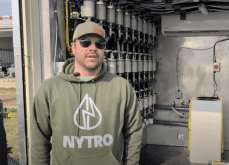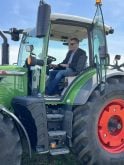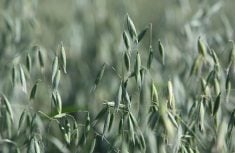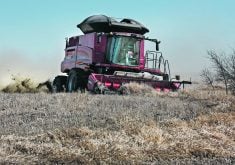An increasing number of Saskatchewan farmers are looking at converting crop land to pasture or forage. Crops such as alfalfa, timothy, brome and grasses generate a lot of interest.
But according to Andre Bonneau, a forage conversion specialist with Saskatchewan Agriculture, there’s one ingredient that producers can’t overlook in their efforts. That’s planning.
“Generally we tell people that if they have the time and want to put in a perennial forage crop, they should prepare at least a year in advance, maybe even two years depending on where they are. That’s mainly to deal with perennial weeds.”
Read Also
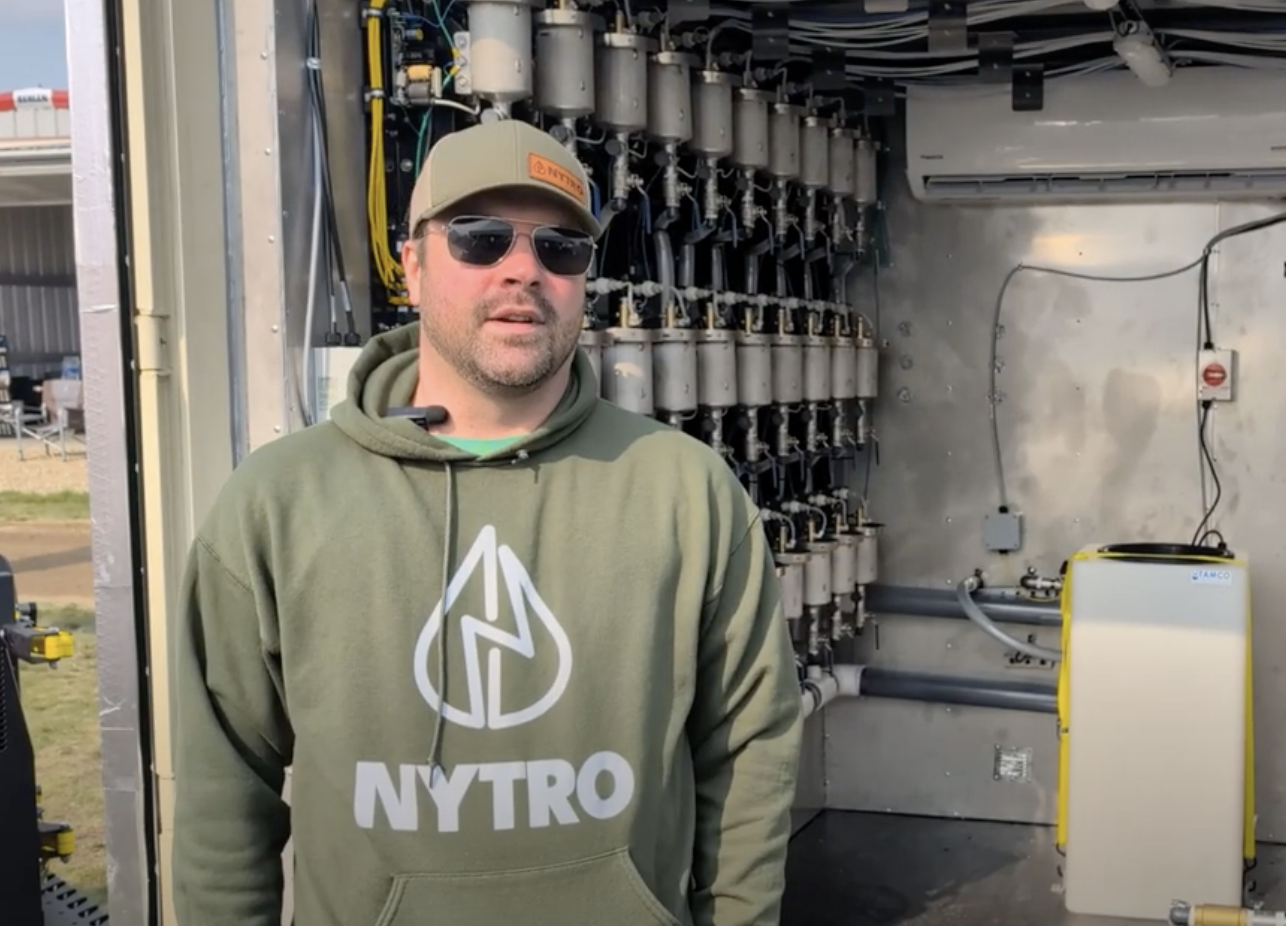
VIDEO: Green Lightning and Nytro Ag win sustainability innovation award
Nytro Ag Corp and Green Lightning recieved an innovation award at Ag in Motion 2025 for the Green Lightning Nitrogen Machine, which converts atmospheric nitrogen into a plant-usable form.
Depending on the weeds and the farmer’s production practices, he may want to make sure the perennial weeds are controlled by the fall before seeding, Bonneau said.
It becomes increasingly difficult to control unwanted vegetation once the forage cover is introduced.
“Often there’s a problem with a perennial weed growing in an alfalfa, grass or mixed crop. Perennial weeds are tough to take out of a perennial forage stand. For example, dandelions are almost impossible to remove from an alfalfa stand.”
Bonneau suggested reduced input costs may be the main reason for the growing popularity of converting crop land to pasture or forage.
“It’s also been shown more and more that perennial forages have a really nice place in a crop rotation, for fertility and weed control. Alfalfa fixes a lot of nitrogen in the soil during its lifetime, so when you go into an annual crop after the alfalfa, it will be taking up a lot of that nitrogen,” he said.
“But I think, for the most part, it’s just a general shift in many areas of the province toward more livestock-based production and away from an annual cropping system. There seems to be more attention paid to livestock production right now, and either they’re producing forage for themselves or they’re producing it for their neighbours.”
Assistance is available to farmers interested in switching to forage.
The Prairie Farm Rehabilitation Administration has renewed its Greencover Canada program for one more year, through 2007.
The program offers financial assistance for producers wishing to seed environmentally sensitive land to a perennial crop cover. Application forms can be obtained from the PFRA by calling 866-844-5620.
Bonneau said there may also be indirect help available through the federal-provincial agricultural policy framework.
“Once a person goes through the environmental farm plan, they have access to the farm stewardship program through the APF. Basically, it’s money available to help correct any environmental problems the environmental farm plan may have identified,” he said.
“So if the problem is a riparian area where you need a perennial forage or a perennial species to help control erosion, or if it’s very poor land where wind erosion may be an issue, there may be money available to do that.”




